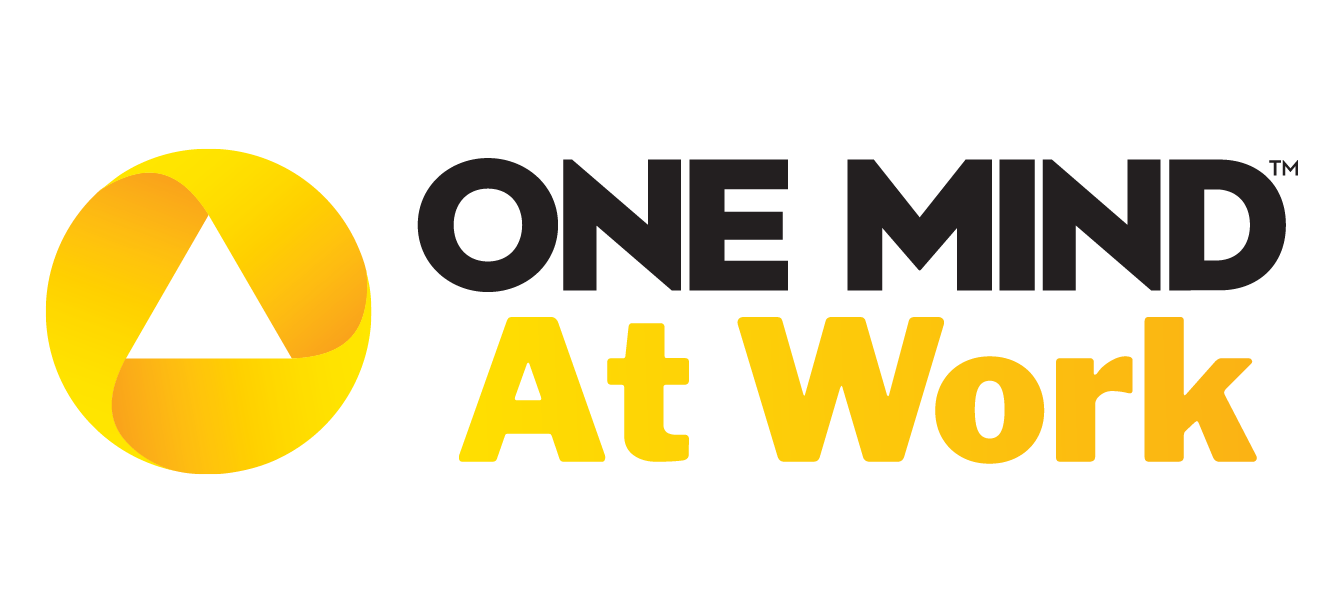Time Poverty in the U.S. Workplace
By David W. Ballard, PsyD, MBA, Vice President, One Mind at Work
According to a recent survey by Wondr Health, nearly 1 in 4 workers say mental health days are the most effective tool for managing stress, yet 62% of U.S. employees don’t use all their vacation time, leaving a third of it unused.

Mental health days can be an important tool to allow employees time for self-care and to attend to their mental health. A key element that helps people recover from stress and avoid burnout is having time off from work–where they also don’t spend that time thinking about work.
After taking time off, most people say their mood is better, they feel more energetic and less stressed, and they’re more motivated on the job. A majority also say that when they return to work, they’re more productive and their work quality is better.
Unfortunately, many employees don’t use all the time off they have available to them, often because they feel like they have too much work to do, feel guilty about missing work, or believe it will be seen as a lack of commitment to their employer. Other workers don’t have vacation time or PTO benefits, so taking time off would negatively affect their income.
Time is a limited resource and some people are legitimately overscheduled, such that the demands they face are greater than the time they have available to meet their work and non-work obligations. In these cases, successfully managing that imbalance requires better prioritization, finding efficiencies, or reducing low-value activities.
In other cases, people might actually be more productive overall if they did take time off. For example, some people avoid taking breaks during the workday because they feel like they are so busy that they don’t have time. Research suggests that, in reality, people are generally at least as productive if not more so if they do take short breaks during the day.
Finally, some work cultures actually discourage taking time off, reward overworking, and position stress and being on 24/7 as a badge of honor. In this type of environment, employees may avoid taking time off because they would feel guilty or worry they would be seen unfavorably or be penalized if they did.
Vacations and mental health days only go so far, though. No amount of time off or stress recovery will be effective in the long run if the work environment or the way work is conducted piles on the stress again as soon as people return. According to research, even when employees do take time off, the benefits are often fleeting. For most people, the gains disappear within a few days. This is especially true if work has piled up while people are away and they come back to an even higher workload than usual.
For people to truly benefit from time off, whether from vacations or mental health days, and come back to work refreshed and performing at their best, employers need to identify and address the work-related factors that may be causing unnecessary stress. This could stem from unreasonably heavy workloads, unrealistic deadlines, unclear performance expectations, poorly-managed change efforts, a lack of supervisor support, incivility and other negative social interactions, or a host of other work- and job-related factors. Assessing and reducing those counterproductive ways of working can help employees benefit fully from time off and function at their best on and off the job.
Creating a work environment that protects employees from unnecessary stressors, promotes a positive experience on the job, and provides benefits and resources to support their mental health and well-being–including sufficient time off to recover from stress–is good for people and smart for business.
Employees benefit from better physical and mental health, have higher job satisfaction and motivation, report that the work climate is better, and have an improved ability to manage the day-to-day pressures they face on the job.
Organizations benefit from higher performance and productivity, better product and service quality, improved customer satisfaction ratings, lower absenteeism, presenteeism, and turnover, fewer accidents and injuries, and a reputation as an employer of choice, which allows them to attract and retain the best and brightest.

Want to build a workforce mental health strategy that actually works?
One Mind at Work can help you create a mental health strategy that is clear, measurable, and effective. We are experts in assessing workplace mental health programs and identifying solutions to improve the well-being of your employees and your bottom line. And it starts with the Mental Health at Work Index™.
Build, measure, and optimize your workforce mental health program with One Mind’s Mental Health at Work Index™, the first of its kind standardized assessment of workplace mental health practices. The Index was developed in partnership with Columbia University’s Mental Health + Work Design Lab and Ethisphere. The methodology is detailed in the peer-reviewed journal Frontiers in Public Health (April 2025).
The most expensive option related to the mental health and well-being of your workforce is to do nothing. Whether you’re a big or small organization, new to workforce mental health, or have a comprehensive program, we’re here to help you every step of the way. We’re a nonprofit, so we won’t sell you lots of services or add-ons. We want to help you get mental health right for your employees, because it’s not only the right thing to do, it’s a business imperative.
Learn more at mentalhealthindex.org or get in touch to speak with someone from our team today.

About One Mind at Work
One Mind is at the forefront of a transformative movement in mental health, delivering innovative solutions to address critical gaps in mental health research, care, workplace wellness, and public perception. Guided by science and lived experience, we fund ground-breaking research, accelerate innovation, enhance workplace wellness, and engage the public to reshape mental health care and awareness. With science as our cornerstone, and people at the heart of what we do, our programs are setting new standards for effective interventions and redefining the future of mental health.
As an arm of One Mind, One Mind at Work translates science into workplace best practices that drive measurable impact on workforce mental health and well-being, leading to better outcomes for individuals and organizations. With approximately 150 member and affiliate organizations across the globe, One Mind at Work partners with a diverse coalition of employers that recognize that a healthy workforce is at the heart of a high-performing organization.
